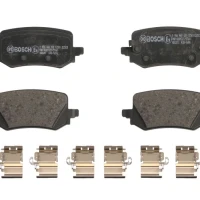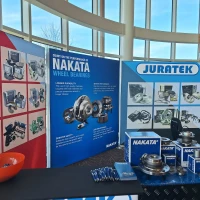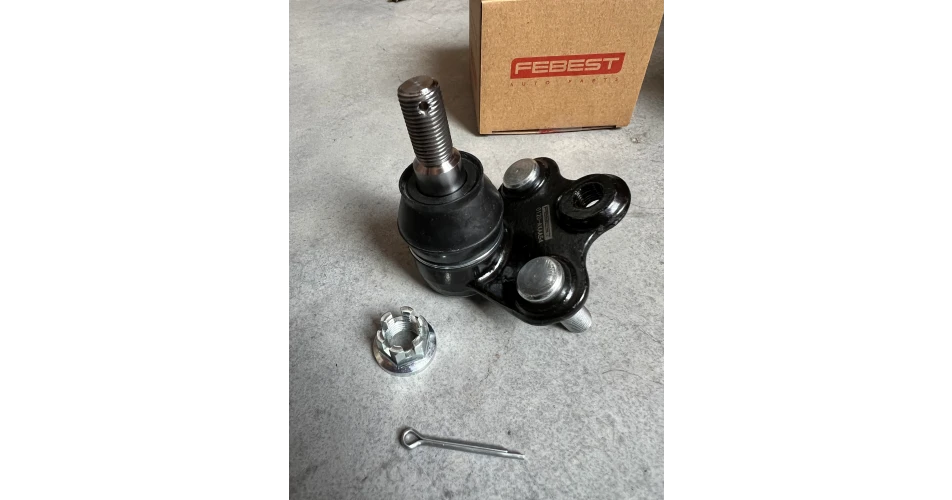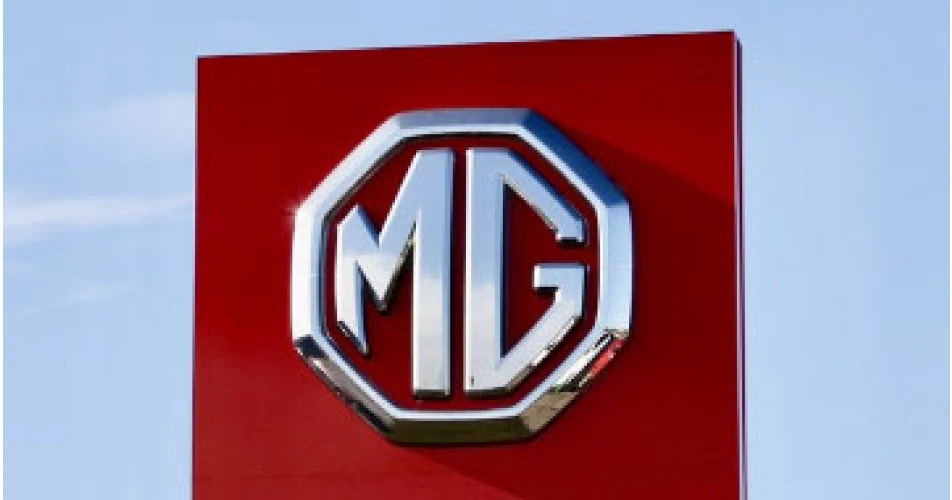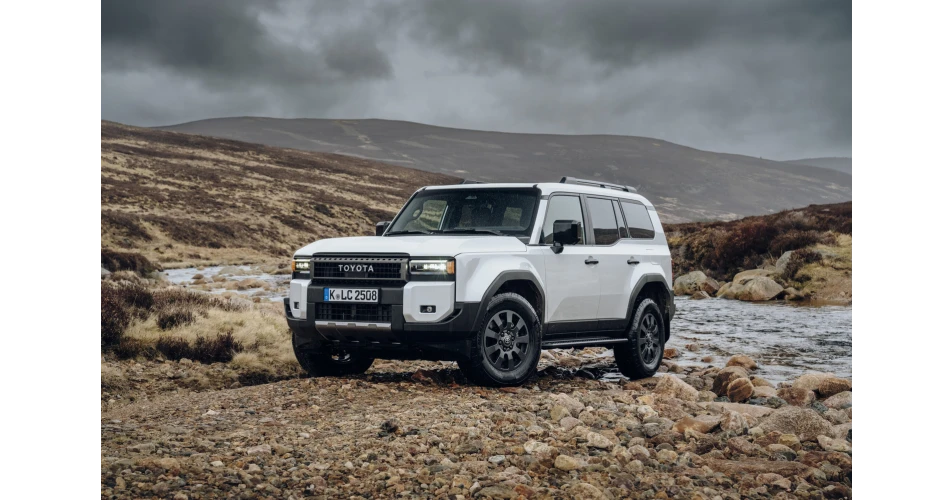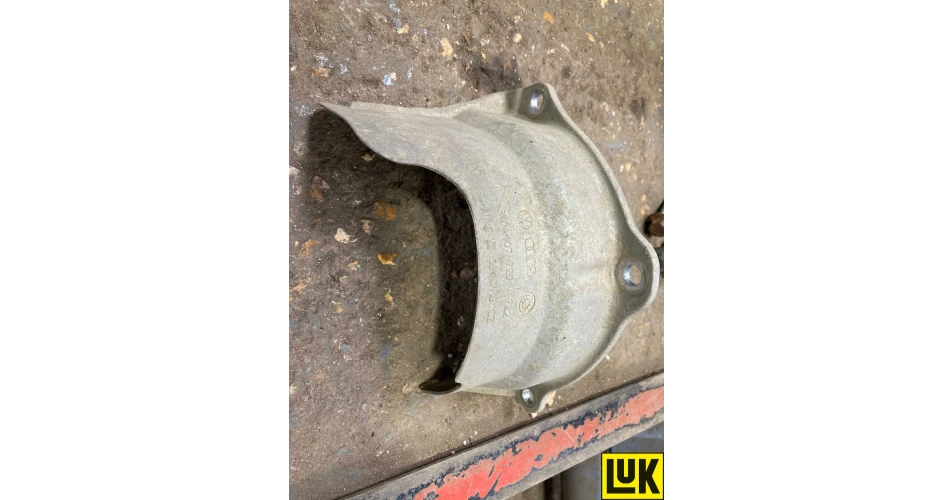 Fig 1
Fig 1
Audi A4 Multitronic worn DMF replacement
September 11th, 2024
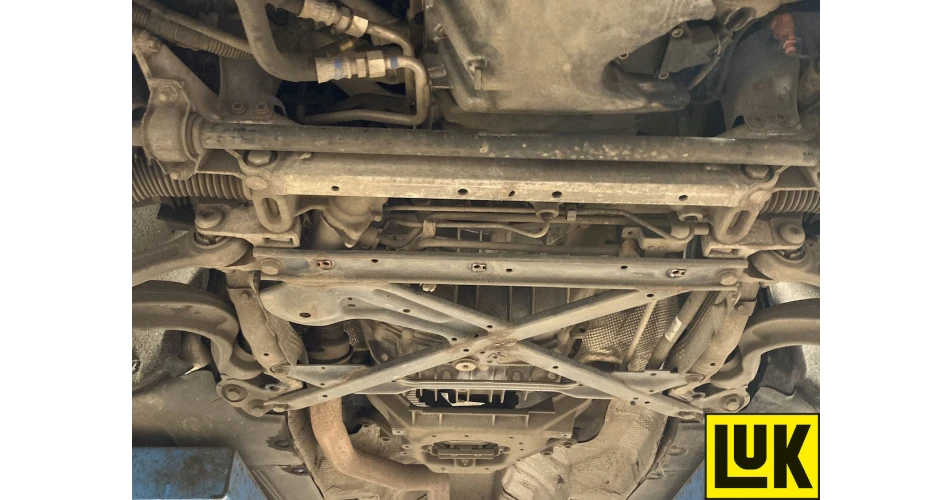 Fig 2
Fig 2
Audi A4 Multitronic worn DMF replacement
September 11th, 2024
 Fig 3
Fig 3
Audi A4 Multitronic worn DMF replacement
September 11th, 2024
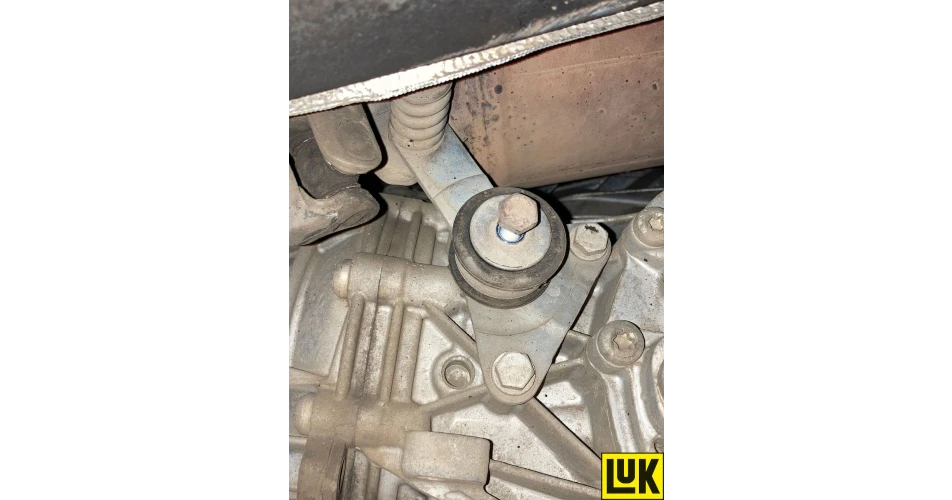 Fig 4
Fig 4
Audi A4 Multitronic worn DMF replacement
September 11th, 2024
 Fig 5
Fig 5
Audi A4 Multitronic worn DMF replacement
September 11th, 2024
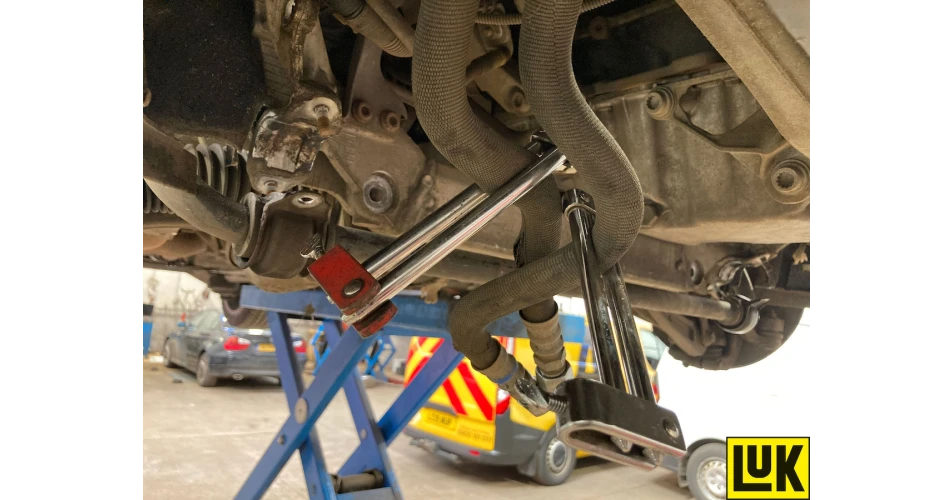 Fig 6
Fig 6
Audi A4 Multitronic worn DMF replacement
September 11th, 2024
 Fig 7
Fig 7
Audi A4 Multitronic worn DMF replacement
September 11th, 2024
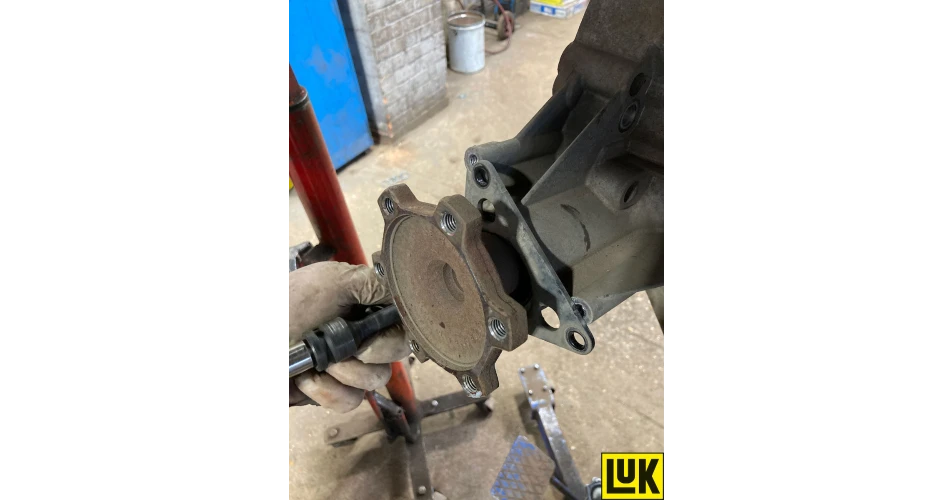 Fig 8
Fig 8
Audi A4 Multitronic worn DMF replacement
September 11th, 2024
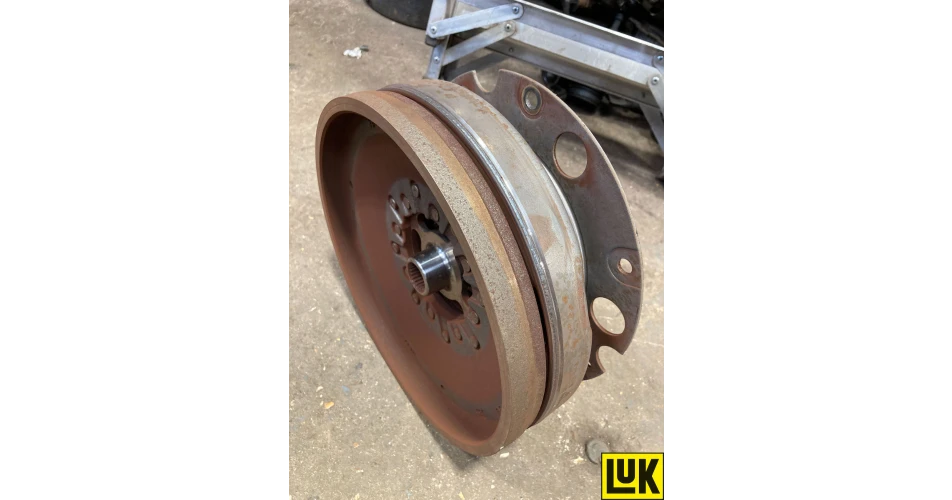 Fig 9
Fig 9
Audi A4 Multitronic worn DMF replacement
September 11th, 2024
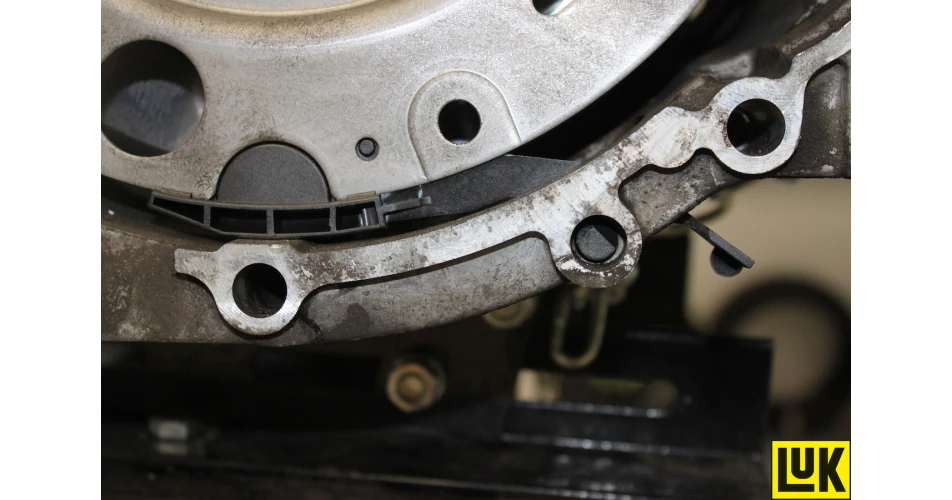 Fig 10
Fig 10





